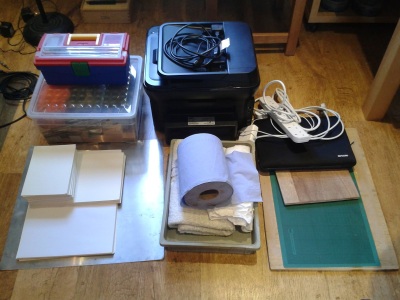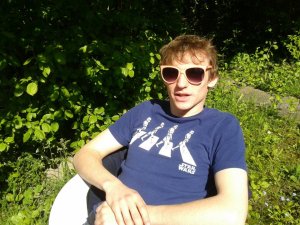
Guest Post: An Artist’s Perspective
–
Peter Driver, our Artist-in-Residence, has written a piece reflecting on his experience of the excavation season.
Thanks Peter!
—
I relished the opportunity to be artist-in-residence at the Basing House dig. I felt rather unqualified for the role, having no previous experience of archaeology, outside of TV documentaries.
Continue reading →


